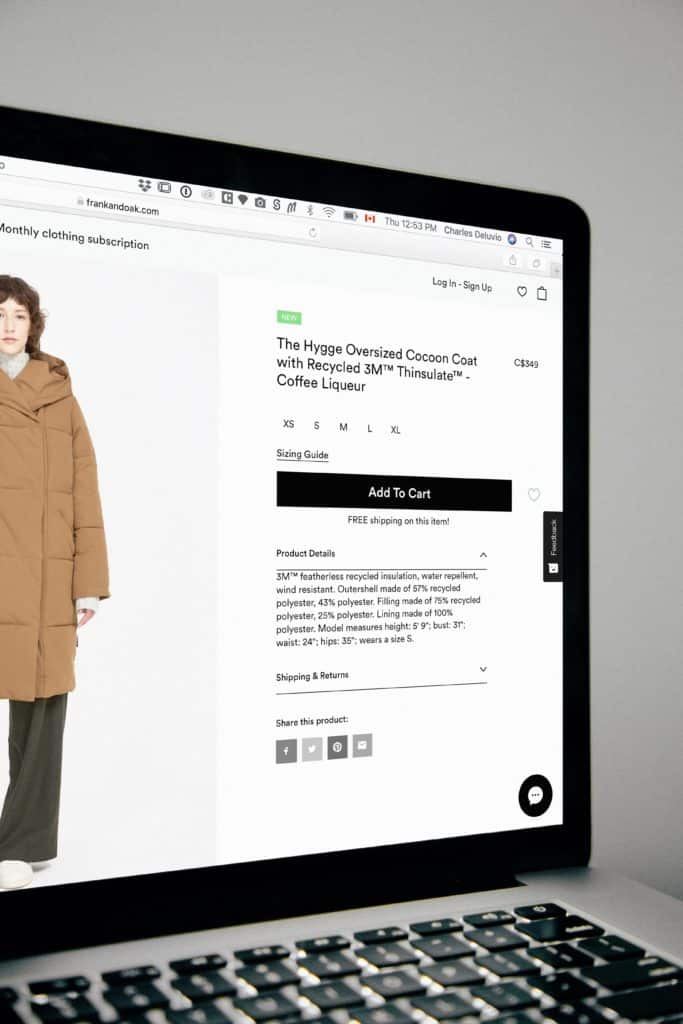In the span of a year, retailers Barneys New York, Forever 21, American Apparel, and many others, filed for bankruptcy and started to close their doors. While vastly different in their customer demographics, the news of major retailers shuttering their storefronts shook the industry. What does the future of retail entail? How does retail survive in our digitally-driven world?
With online retail giants such as Amazon dominating our daily lives and digitally-native DTC brands such as Warby Parker that seem to disrupt the traditional values of physical storefronts and even advertising, the changes in customer behavior challenges retailers to create new experiences and shift their storefront strategy to attract and retain customers.
A deeper dive into the future of retail
Urban Outfitters offering subscription rental services
For $88 per month, Urban Outfitters’ new clothing rental service, Nuuly, will offer a 6-item subscription box worth over $800 in retail value. This rental program is to offer customers “a new way to experience clothing” according to the group. While the program will offer Urban Outfitters Group’s own brands such as Anthropologie and Free People, it also extends pieces of third-party brands such as Levi’s and Reebok, in which they currently stock in physical stores, and will curate one-of-a-kind vintage items.
This initiative by the group showcases the changes in consumer behavior and perfectly demonstrates how the subscription model can be beneficial across different industries, which is one of the main reasons why companies like Rent the Runway is currently valued over $1 billion. “In apparel, the millennial consumer, in particular, is seeking out platforms that provide novelty, variety, and breadth, while also supporting sustainability,” mentions the group, “Nuuly seeks to further these shifting behaviors by giving subscribers access to a wide assortment of current fashion at a substantially lower cost-per-wear than retail, solving the paradox of a millennial’s quest for constant fashion newness alongside the desire for a more sustainable lifestyle.”
While the group has been continuously successful in creating a physical environment that attracts their young customers through aesthetics and product curation, the launch of Nuuly allows the company to create a new link that meets the interests and values of the millennial and Gen Z generations.
Nordstrom doubling down on customer experience in physical stores
While many retailers are rapidly expanding their eCommerce experience, Nordstrom has chosen to double down on the importance of physical storefronts. With the opening of its Manhattan Flagship last October, a 320,000-square-foot space covered with a glass facade, the retailer garnered over 85,000 visits over the course of the opening weekend alone but also created a halo effect on the company’s business elsewhere, including increased sales online and in their men’s store in Manhattan. This number is a clear example of how physical storefronts are still a promising channel for retailers.
“Our market strategy is transforming our business model in how we’re serving customers,” Co-President Erik Nordstrom mentioned. Apart by the vast range of in-store services that is beloved by its customers (including the ability to order cocktails while you shop), Nordstrom offers different storefront models including full-price, discount stores (Nordstrom Rack), smaller localized stores, and a well-functioning online eCommerce experience, the company allows their customers to shop whatever they want, wherever they want, whenever they want.
Kith focuses on incorporating elements of entertainment into its retail space
Since its launch, streetwear retailer, Kith, has focused on offering a compelling range of merchandise from its own in-house brand that pairs perfectly with external brands that the retailer stocks. Walking into a Kith store provides not only an aesthetic experience but also an experiential and delicious one. The retailer launched Kith Treats, a cereal ice-cream bar, back in 2015. Since its conception from one location in NYC, Kith Treats has become a staple for the retailer’s storefront strategy. With over 92K followers on its dedicated Instagram channel, 8 physical locations, and multiple merch capsule collections designed around the confectionery treat, Kith Treats offers not only a good reason for people to indulge on their childhood favorite cereal but also encourages people to visit their physical locations and snap photos of their sweet creation.
The success of Kith Treats signifies how retailers can shift their storefront strategy to incorporate elements of entertainment so that traditional retailers can create real-life experiences that are worth people leaving their computers and phones for.
The expectations for retailers are clearly raised in the modern digital age and the future of retail remains promising as brands learn to pivot their strategy. Whether it is through implementing a seamless multi-channel strategy or creating special in-store services that are of value for customers, the key is to create meaningful and exciting experiences to meet the demands of a new generation of lifestyles.
To learn more about how the beauty industry is also changing the future of retail, see our article here.
